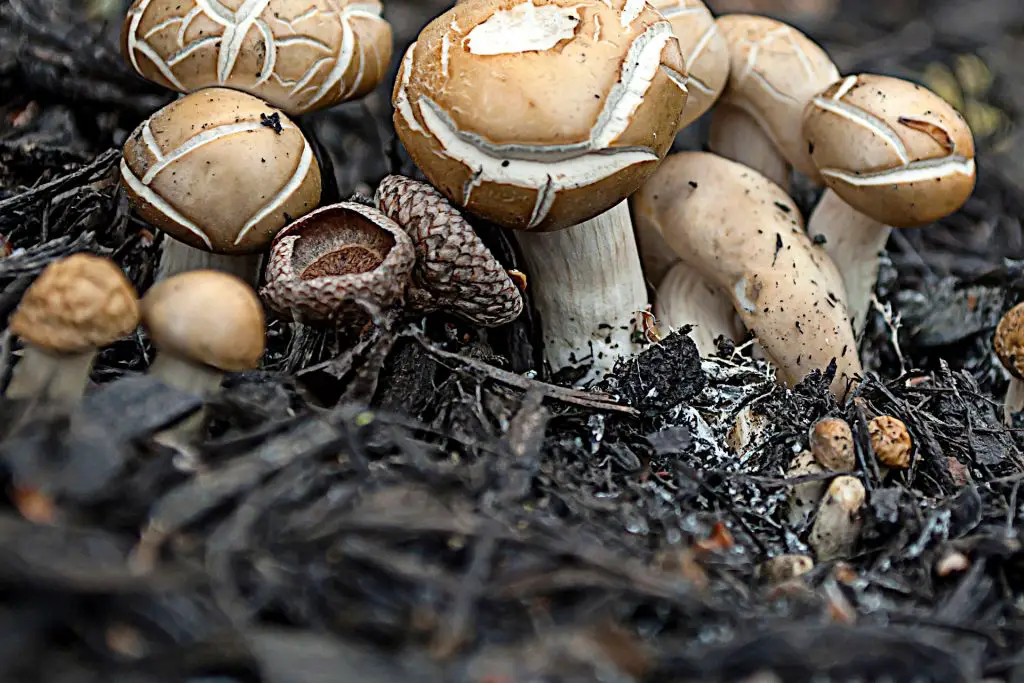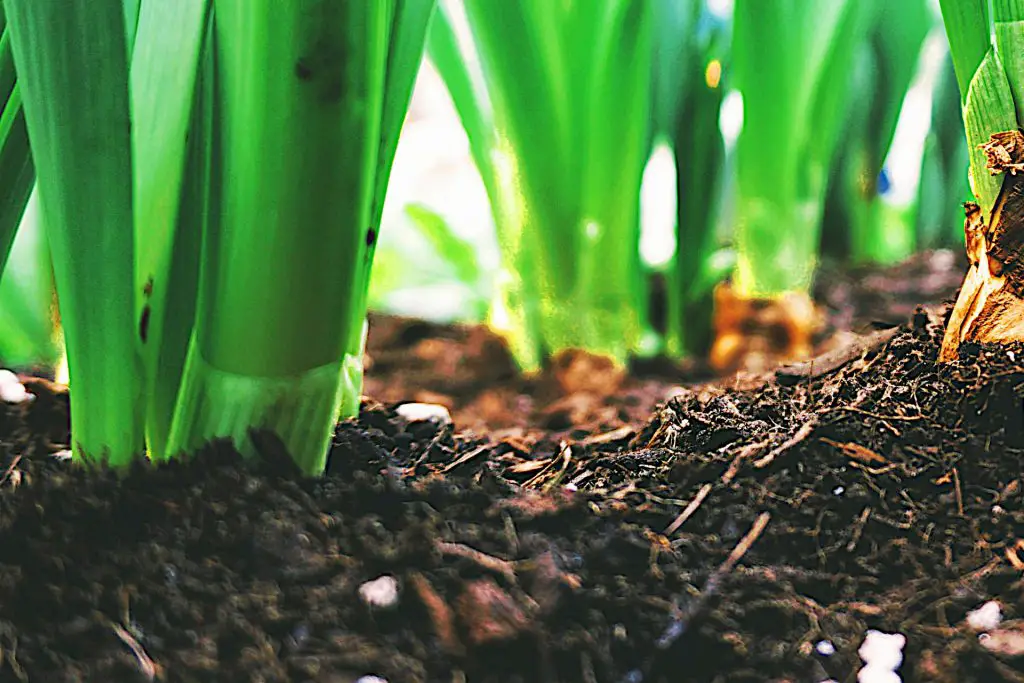Mushroom Soil Vs. Compost: Which Type Will Work Best for You?
There are a number of key differences between mushroom compost and conventional compost. The main distinctions relate to performance, availability, and cost. Mushroom compost has different properties in terms of nutrient values of salts and nitrogen and its pH level. It is not always readily available and can be more expensive than conventional compost. Typically, mushroom compost is best used for specific growing conditions, where it has a number of advantages over conventional compost. But in general, conventional compost is more effective for most applications.
There are various composts that you can use to improve the nutrient values of your garden soil. The most common varieties used are standard shop-bought compost, available from grocery stores to garden centers, or homemade compost.
If you buy from a nursery or garden center you might notice, that besides the pallets of standard compost, there are a few other different types of compost available, One of these is likely to be mushroom soil, however, there are key differences in how and when you would want to use it.
Mushroom Compost Availability and Cost

One thing that will immediately become apparent when buying Mushroom compost is the price. It can be more expensive than conventional compost depending on whether you are buying by the yard or by the bag.
Bagged compost shows the biggest discrepancy. You should currently be able to pick up a bag (1cu ft) of regular compost for around $2.50-3.00 whereas a bag of mushroom compost (1cu ft) would be around $4-4.50.
On the surface, this might not seem a great deal of money, but it equates to around $50 a cu yd more for mushroom compost, although if you were buying bulk, by the yard, the prices of both would be substantially less.
The difference is even more pronounced if produce your own homemade compost as, that, except for your labor, it will be pretty much cost-free.
The second factor is availability. Whereas regular compost is seemingly available from garden centers, grocery stores, and even some gas stations, mushroom soil tends to be only available in nurseries, garden centers, and hardware shops. Even in these locations, you might find there is often limited or no stock.
Differences in Nutrient levels
The nutrient makeup of mushroom soil is the second area that is markedly different from regular compost. It has a high level of salt (‘table’ salt) such as sodium chloride but far lower amounts of soluble salts (fertilizer salts) such as potassium (K+), magnesium( Mg+), and sodium (Na+). The distinction between salt and soluble salts is important. High levels of ‘table’ salt can damage plants but soluble salts feed the soil and are beneficial to plant growth.
Tests have shown that the soluble salt sodium had an absorption ratio of 0.38,[1] which is quite low. However, in fertilizer terms, the makeup of the other soluble salts in mushroom compost is fairly typical of a lot of composts 1.1-0.7-1.3. Nitrogen, Phosphorus, and Potassium (NPK)
The reason for this deficiency in nutrients is largely down to the component factors used in the production of mushroom soil. Ostensibly, mushroom soil is created from the spent soil used in growing mushrooms. As such it is degraded in some nutrients which have been absorbed by the mushrooms as they grew. This soil mix is made up of various types of manure, straw, cottonseed, and corn cobs, with often lime, gypsum, and chalk mixed in.
The chalk content makes it very high in calcium which can be beneficial to some plants and in specific growing circumstances but has the downside of increasing the pH of the soil.
Lower Nitrogen Levels Than Regular Compost

Mushroom soil, as well as having lower amounts of soluble salts, also has a much-reduced level of nitrogen to that of regular compost. The reason that it has a lower nitrogen content than regular compost is that is has been depleted by the growth of the mushrooms.
Nitrogen is critical for the development of plants in terms of their structure, how efficient their metabolism is for processing food, and for the production of chlorophyll. If there is insufficient nitrogen in the plant, then the plant will not be able to create adequate food in order to fully grow.
The fact that there are lower levels of nitrogen in mushroom soil as opposed to compost isn’t necessarily a bad thing. If the soil already has enough then adding mushroom soil can help it maintain those levels over several months as it acts as a slow-release mechanism for the soil.
Differences in P H Values
The elevated pH level can change the overall pH level of your soil when mixed in. Depending on the current soil’s pH this could either be a good or bad thing. However, most soil should have a relatively neutral pH level and there are a considerable number of plants that don’t perform that well in alkaline soil.
If you want to maintain the soil’s pH balance then you can add peat moss or pine needles into the mushroom compost and soil mix. This should lower the alkaline levels if it is a problem.
In truth, before adding any compost to your soil, you should test the soil to see what the current pH level is and what it’s current nutrient makeup is. Once established, you can then adjust the type and amount of compost you add accordingly.
Best Use Cases for Mushroom Compost
Mushroom compost does in fact have many benefits and can be the perfect amendment for certain plants and under particular conditions. These benefits include high levels of calcium which plants such as tomatoes thrive on and the fact that it acts as a slow-release mechanism for its nutrients.
This slow-release mechanism makes it particularly suitable for feeding established lawns as the nutrients are drawn into the soil over a period of time.
Unlike regular compost, though there can be elevated levels of the wrong types of salt, Young and germinating plants are particularly vulnerable to damage from these types of salt. You will therefore look to use mushroom soil on plants that are later on in their growing cycle, while regular compost can be used at any point.
Alternatively, you can combine mushroom compost with a potting mix. The potting mix has similar properties in that it is a sterilized medium with limited amounts of nutrients. When combined together they make an excellent growing medium for containerized (in pots) mature plants.
Summary: Mushroom Soil Vs. Compost
Beyond the obvious price difference and possible availability, the main difference between mushroom soil and regular compost comes down to its nutrient qualities.
Both amendments have their roles to play, with mushroom compost being ideal as a booster fertilizer to maintain soil nutrients with its slow release of nitrogen and soluble salts.
Notes:
[1] American Society for Horticultural Science: Michael A. Fidanza: Analysis of Fresh Mushroom Compost
